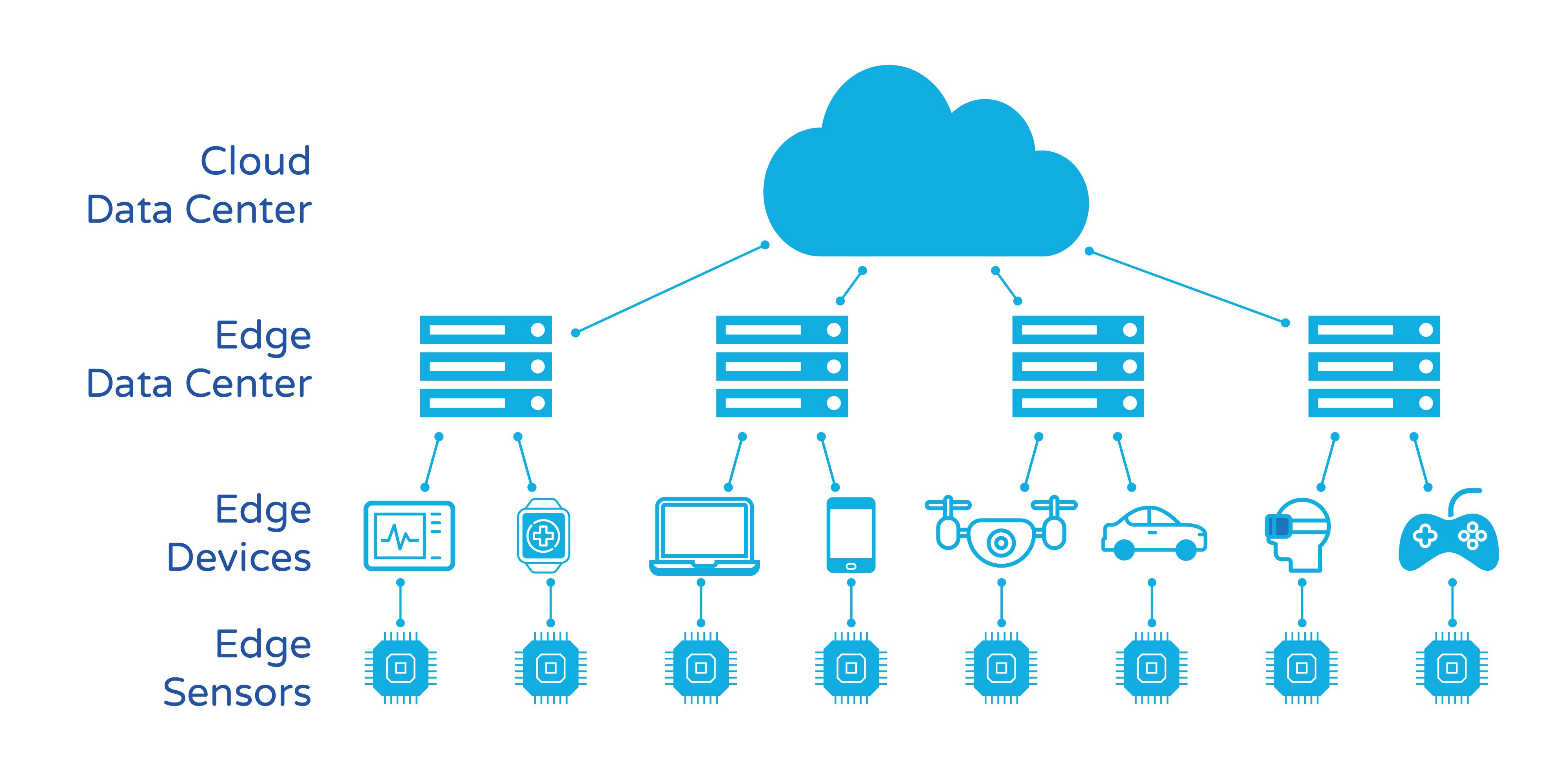To reduce the time it takes to send data to and from their customers data centers require additional storage and computing power plus increased bandwidth to connect additional devices.
The outcome of these needs is the growth of edge data centers, sometimes referred to as edge computing. Data centers have touched the limits of what can be achieved, so operators are developing new architectures. Reducing the latency of data to and from the customer and the core network are key drivers in addition to the following customers’ requirements as they:
- Are smaller than traditional data centers.
- Are closer in proximity to the end users.
- Share operational overhead as a distributed node of larger data center organizations.
- Run a more limited set of applications required for the local user community.
- Cache frequently used content.
These new architectures provide three fundamental requirements among others:
- Faster processing speed
- lower latency
- Increased bandwidth

These requirements require edge data centers to be built upon optical networks of two types:
1. High-speed optical links, typically Wave Division Multiplexing (WDM), that connect the edge data center to the customer and to other service providers.
2. Local optical networks within the data center and the right transceivers, cables and racks for connecting servers to switches and storage.
The types of transceivers needed for these two functions are very different and each is a field within itself. AddOn has the technical knowledge, plus transceivers, DAC, AOC cables, and relevant equipment to provide any need within the data center and also for long reach WDM links.
Deploying optical networks to build the right architecture for servers, switches and storage within the building as well as the high-speed connections to the core network provides the footing that edge data centers need to bring the latest applications. Some of these applications include:
- Network function virtualization – moving applications from local appliances to the cloud.
- Data collection/analytics/AI – data from thousands of points collected and analyzed.
- Real time – examples such as AR/VR, IoT, connected cars, telemedicine.
- Compliance – copyright enforcement, geofencing, fulfilling local data privacy laws.
AddOn focuses on how the optical network delivers value for edge network operators. Whether it is coherent optics for backbone links or 10G to 400G transceivers for within the data center, AddOn is your partner for all your needs to deliver quality tested equipment for leading edge data centers.
